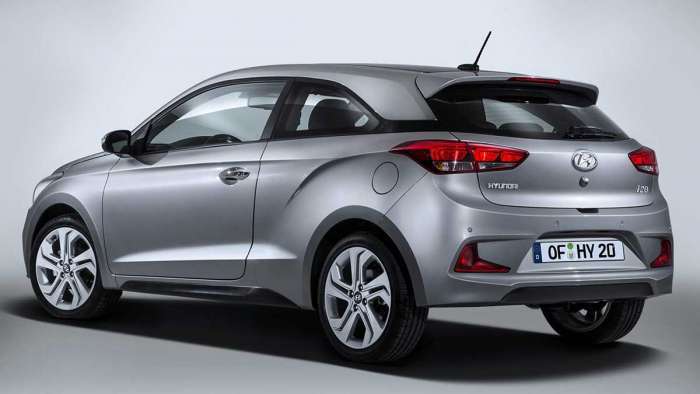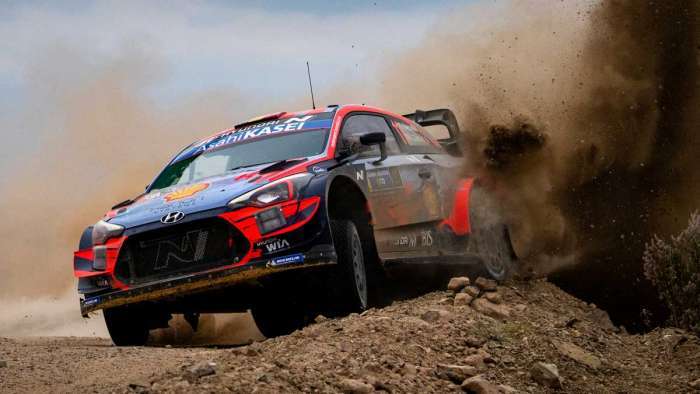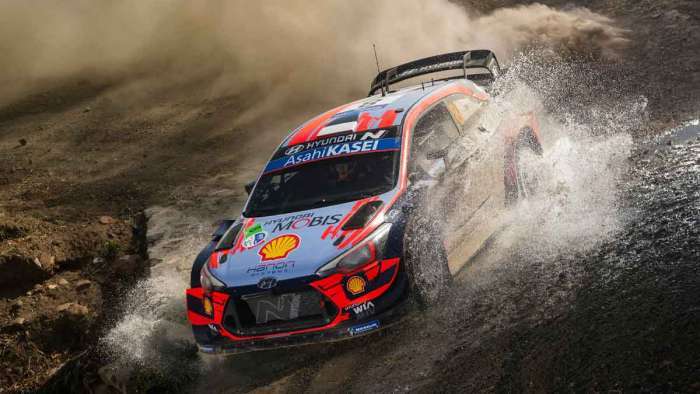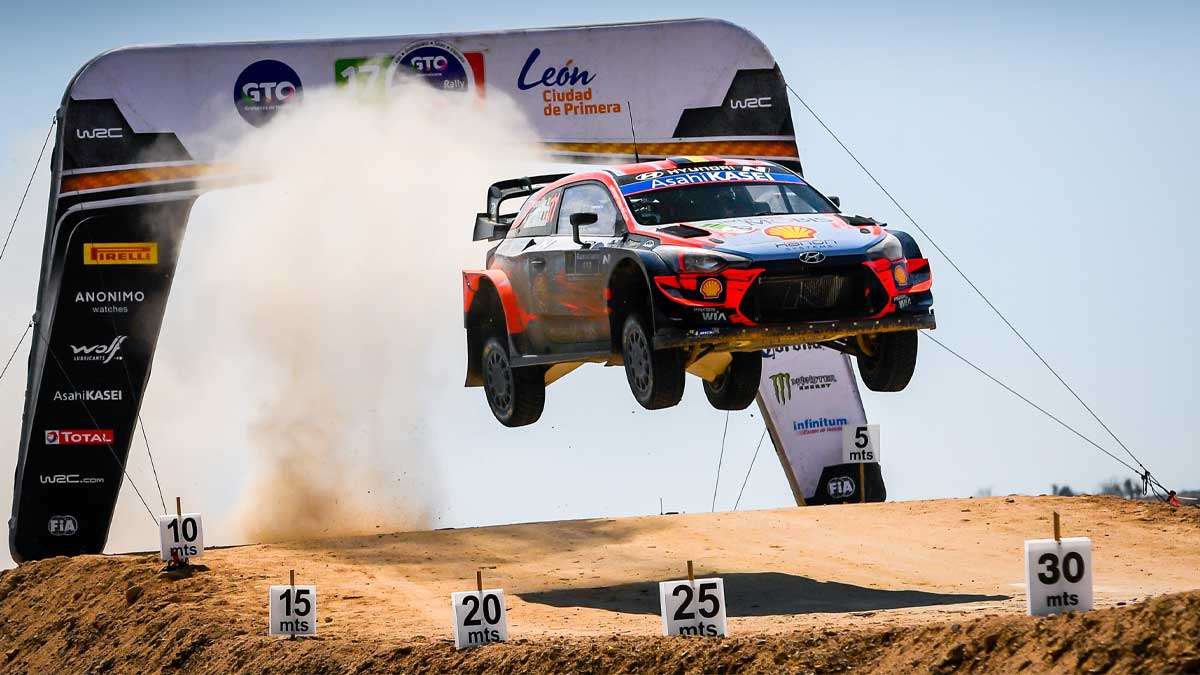The Hyundai i20 is a vehicle not sold in the United States. It resides on the GB architecture, which gets shared with cars like the Hyundai Accent and Kia Rio. However, WRC posted a quick and interesting article about how it turns a seemingly mundane hatchback into a World Class Rally car.

The i20 will manage 0-60 in about 10 seconds as opposed to the WRC car, which will do 60 in under 4 seconds. Aside from six gears, four wheels, and two doors, the similarities naturally conclude there. So, what does it take to get to the WRC level?
What makes the WRC Hyundai i20 racing car different?
Well, the four tires on the rally car are bespoke-made and only last about 50 miles before they need to get replaced. The suspension is also crafted for radical impacts and jumps. Of course, rally cars go through terrible bumps, so the suspension is also calibrated to soak that up and to keep the larger wheel and tire setup in contact with the road for max grip. This rally car suspension is set up to be fully adjustable and able to be custom set for any road surface the vehicle may encounter.
A lot of new cars use carpeting for the underside of the vehicle to reduce road noise and improve airflow. Well, in the case of the WRC i20, it uses steel plates to cover the bottom of the car. These plates are certainly not there for refinement; they protect the engine and transmission from the various elements and massive jumps, of course.

Speaking of refinement, all of that gets stripped away. All of the value-packed features you love in a Hyundai get thrown out along with the sound-deadening materials. Even the side windows get replaced with plastic. Carbon fiber gets used for specific panels, which reduces weight further, adds stiffness to the chassis, and also provides a safety level due to how strong carbon fiber is. A roll cage gets fitted, and bespoke seats for the driver and co-driver get put in place with racing harnesses.
Even the rally car comes with infotainment. However, in this case, the screen shows vehicle data, optimal shift points, track information, etc. The rally car, of course, ditches the entire dash that the regular i20 hatchback came with.
The i20 comes standard with a 6-speed manual transmission, which also gets thrown out in favor of a 6-speed sequential paddle-shifted racing transmission. Wonder why the racing team didn’t go with an eight or ten-speed transmission, oh because all those extra gears are pointless, that’s right. The rally car is all-wheel drive and comes with front and rear differentials to put the power down accurately.
To power the rally car, the 1.0l engine is thrown out, and a seemingly modest 1.6l turbo motor with direct injection replaces it. This motor is not even remotely close to the 1.6l turbo four-cylinder you find in something like the Veloster Turbo, the rally car uses a completely bespoke engine pushing out 380 HP and 332 LB. FT. of torque at 5500 rpm.
Yes, the exterior of the rally car gets fitted with all sorts of wings, splitters, etc. to give it that rally look we all love but also provides aerodynamic grip. These components help flow air to where the car needs it and even helps with cooling down critical areas of the vehicle.
 Why racing cars matter?
Why racing cars matter?
Race cars are cool; I’m sure we can all agree to that. There is practical importance to these seemingly radical cars that don’t seem useful in any way to ordinary people. The advancements made when developing incredible machines like the WRC i20 racing car is what trickles down into performance street cars that we as consumers get to buy. Race cars get put through its paces and properly get evaluated on how well components hold up, leading to a stable detuned version that we can purchase and enjoy on the street.
Read about the significance of the Hyundai N brand here.
Kevin Meyn is an automotive journalist for Torque News concentrating on Hyundai content. Kevin is the founder of Exhaust Sports Auto Youtube channel, where he does professional car reviews on new and used vehicles. Through the use of various resources and extended Automotive expertise, Kevin documents the latest in automotive news revolving around Hyundai. Kevin graduated from NC State University studying Supply Chain Management but has had a passion for cars since he was a child. Follow Kevin on Twitter and Instagram @exhaustsports.





